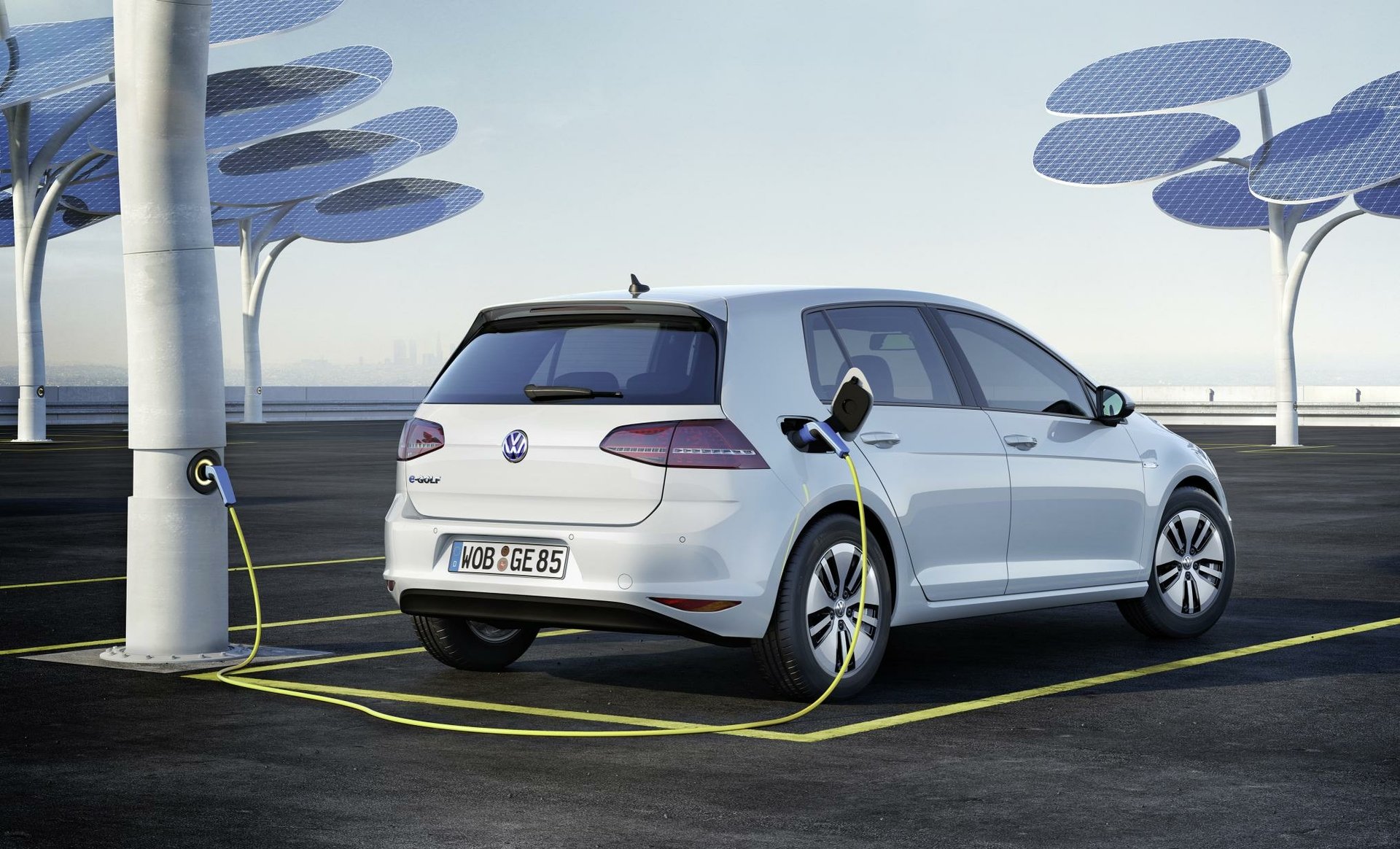Electric Vehicles and Alternatives: Paving the Way for a Sustainable Future
The shift towards electric vehicles (EVs) and alternative transportation solutions is rapidly transforming the automotive industry, as the world looks for sustainable solutions to combat climate change and reduce dependency on fossil fuels. As governments, companies, and consumers become more eco-conscious, the demand for clean, green, and energy-efficient alternatives to traditional vehicles is on the rise. In this article, we will explore electric vehicles (EVs), their benefits, challenges, and other alternative vehicle options that promise a cleaner future.

What Are Electric Vehicles (EVs)?
Electric vehicles are powered by one or more electric motors, using energy stored in rechargeable batteries. Unlike traditional gasoline-powered cars, EVs don’t rely on internal combustion engines (ICE). They offer significant environmental advantages, producing little to no direct emissions during operation.
Types of Electric Vehicles
There are several types of electric vehicles available in the market today:
- Battery Electric Vehicles (BEVs): These vehicles are fully electric and are powered by a battery that is charged using an external power source. They have zero tailpipe emissions and are the most common type of electric vehicle.
- Plug-in Hybrid Electric Vehicles (PHEVs): These vehicles combine an electric motor with a conventional gasoline engine. They can be charged via an electric outlet and can run on either electricity or gasoline.
- Hybrid Electric Vehicles (HEVs): Similar to PHEVs, HEVs combine an electric motor with a gasoline engine. However, HEVs cannot be plugged into an outlet for charging; they rely on regenerative braking to recharge the battery.
Benefits of Electric Vehicles
The rise of electric vehicles is attributed to numerous benefits that go beyond environmental impact. Here are the main advantages of adopting EVs:
1. Environmental Impact
One of the most compelling reasons to transition to electric vehicles is their environmental benefit. EVs produce zero emissions at the tailpipe, reducing air pollution and greenhouse gas emissions. With the growing need to tackle climate change, EVs are a key player in reducing global warming.
- Carbon Footprint: By shifting away from fossil fuels, EVs can reduce your personal or business carbon footprint. Studies show that EVs produce less carbon over their lifecycle compared to conventional vehicles, even when accounting for the electricity generation mix.
- Cleaner Air: EVs contribute to improved air quality, particularly in urban areas where air pollution levels from vehicles are high.
2. Cost Savings
While the initial purchase price of an EV can be higher than a traditional car, the long-term savings are significant:
- Lower Fuel Costs: Electricity is generally cheaper than gasoline, and with electricity prices continuing to fall, charging an EV is far more economical than refueling with petrol or diesel.
- Reduced Maintenance Costs: EVs have fewer moving parts than conventional vehicles, meaning they require less maintenance. There’s no need for oil changes, and brake systems often last longer due to regenerative braking.
3. Energy Efficiency
EVs are highly efficient in converting energy into motion. Electric motors are more efficient than internal combustion engines (ICE), leading to less energy waste. As a result, EVs can travel longer distances on less energy.
4. Government Incentives and Tax Benefits
Many governments worldwide offer various incentives to encourage the adoption of electric vehicles. These include tax credits, rebates, and exemptions from vehicle registration fees. For instance, in the United States, the Federal EV Tax Credit can reduce the cost of a new electric vehicle by up to $7,500.

Challenges Facing Electric Vehicles
While electric vehicles have numerous advantages, they do face some challenges that need to be addressed as the industry grows:
1. Range Anxiety
Range anxiety refers to the fear that an electric vehicle will run out of battery before reaching a charging station. Although battery technology has improved significantly, EVs still have a limited driving range compared to gasoline-powered vehicles. This concern is especially relevant for long-distance travelers.
2. Charging Infrastructure
The lack of sufficient charging infrastructure is another barrier to the widespread adoption of electric vehicles. While charging stations are increasing, they are not as ubiquitous as gas stations, especially in rural or underserved areas.
- Home Charging: For many EV owners, charging at home is a convenient option, but not everyone has access to home charging stations, particularly those living in apartments or multi-family housing.
- Public Charging: The availability of fast-charging stations is critical for encouraging long trips and addressing range anxiety.
3. Battery Disposal and Recycling
Batteries used in EVs have a finite lifespan and pose a potential environmental hazard if not disposed of properly. However, advancements in battery recycling technology are making strides toward reducing the environmental impact of spent batteries. Companies like Tesla and Rivian are working on sustainable solutions for recycling EV batteries.
Alternatives to Electric Vehicles
While electric vehicles are a powerful solution for reducing emissions, they are not the only option. Several alternative vehicle types are contributing to a cleaner, greener future.
1. Hydrogen Fuel Cell Vehicles (FCVs)
Hydrogen fuel cell vehicles use hydrogen gas to generate electricity that powers an electric motor. These vehicles emit only water vapor as a byproduct, making them an excellent choice for reducing greenhouse gas emissions.
- Advantages: Hydrogen FCVs can have a longer range than battery-powered EVs and refuel much faster (typically within 5 minutes).
- Challenges: Hydrogen production is energy-intensive, and the infrastructure for hydrogen refueling is currently limited.
2. Compressed Natural Gas Vehicles (CNG)
Compressed natural gas (CNG) vehicles run on compressed natural gas, a cleaner alternative to gasoline or diesel. CNG emits fewer pollutants than conventional fuels, making it a more eco-friendly option.
- Advantages: CNG vehicles produce fewer greenhouse gases and particulate matter, improving air quality.
- Challenges: CNG vehicles still rely on fossil fuels, and the infrastructure for CNG refueling is limited compared to traditional fuel stations.
3. Bicycles and Electric Bikes
For short distances, bicycles and electric bikes (e-bikes) are a viable alternative to cars. E-bikes provide the same eco-friendly benefits as traditional electric vehicles but with less cost and a smaller environmental footprint. Biking is one of the most sustainable forms of transportation, especially in urban environments.

Future of Electric Vehicles and Alternatives
The future of transportation is electric and sustainable. As technology improves, we can expect significant advancements in battery technology, charging infrastructure, and vehicle design. Additionally, government policies will continue to shape the adoption of green technologies, making electric vehicles more accessible and affordable.
In the coming years, we will see more affordable EV models, enhanced charging networks, and greater integration of alternative transportation options, creating a more sustainable and efficient mobility ecosystem.
FAQs About Electric Vehicles and Alternatives
1. Are electric vehicles really better for the environment?
Yes, EVs produce zero emissions at the tailpipe, significantly reducing air pollution. Even when accounting for the electricity used to charge the vehicles, they have a much lower carbon footprint compared to conventional vehicles powered by gasoline or diesel.
2. What is the lifespan of an electric vehicle battery?
The lifespan of an electric vehicle battery typically ranges from 8 to 15 years, depending on usage and environmental conditions. Many manufacturers offer warranties for 8 years or more on EV batteries.
3. How long does it take to charge an electric vehicle?
Charging time depends on the type of charger used. A Level 1 charger can take up to 20 hours to fully charge an EV, while Level 2 chargers can complete the process in 4 to 8 hours. Fast chargers can charge an EV to 80% in about 30 minutes.
4. Are there any government incentives for buying electric vehicles?
Yes, many governments offer incentives such as tax credits, rebates, and exemptions from certain fees to encourage the adoption of electric vehicles. For example, the US Federal Tax Credit provides up to $7,500 for qualifying EVs.
Conclusion
Electric vehicles and alternative transportation solutions are essential components of a sustainable future. While challenges such as charging infrastructure and battery disposal remain, the benefits of EVs far outweigh the obstacles. By adopting electric vehicles and exploring alternative green options like hydrogen fuel cells and e-bikes, we can reduce emissions, lower our carbon footprint, and contribute to a cleaner, more sustainable world.
For further information on electric vehicles and other alternative transportation options, explore these resources:
– Energy.gov – Electric Vehicles
– Electric Vehicle Benefits
As technology continues to evolve, the future of transportation looks cleaner, greener, and more sustainable than ever before.

